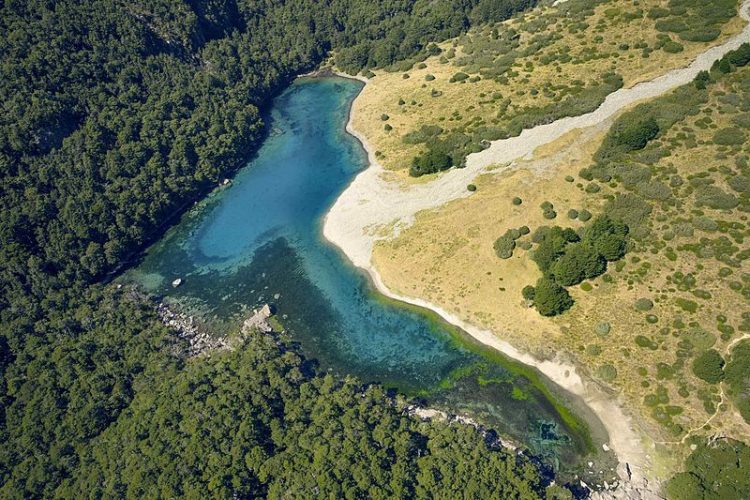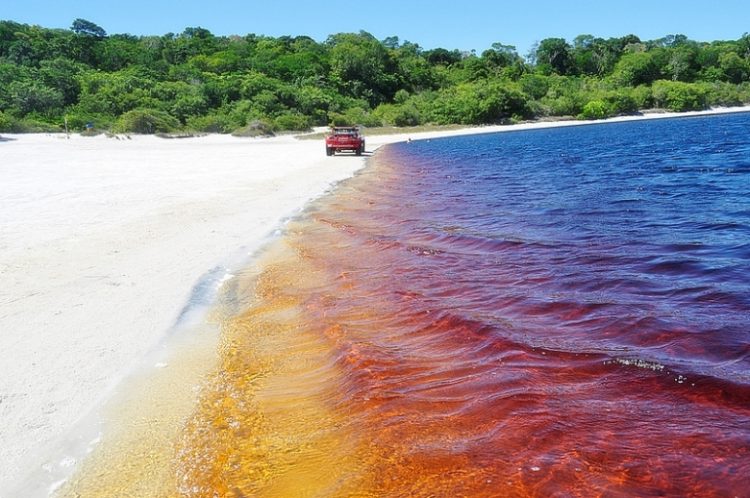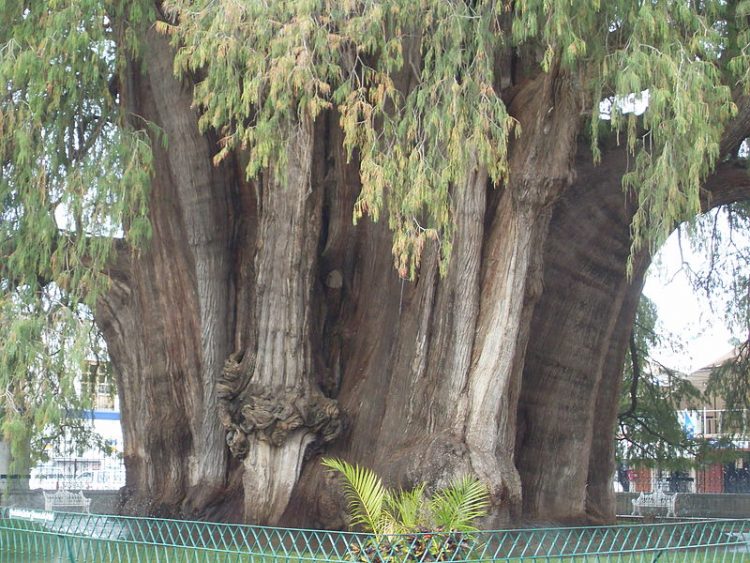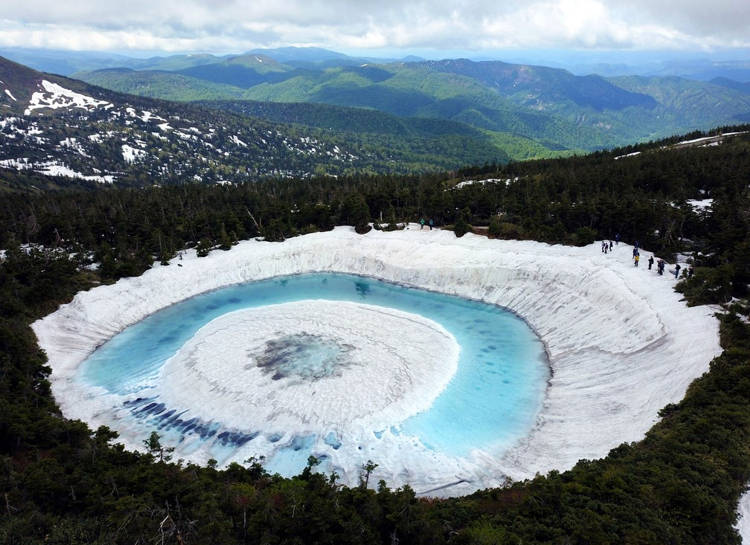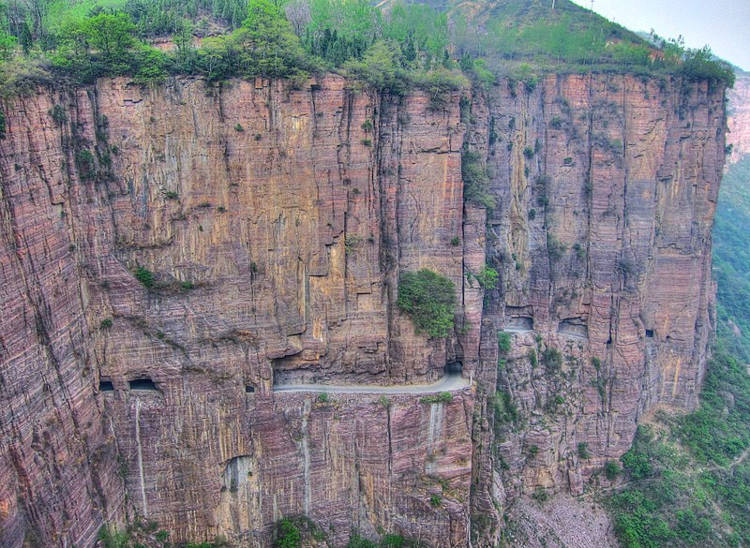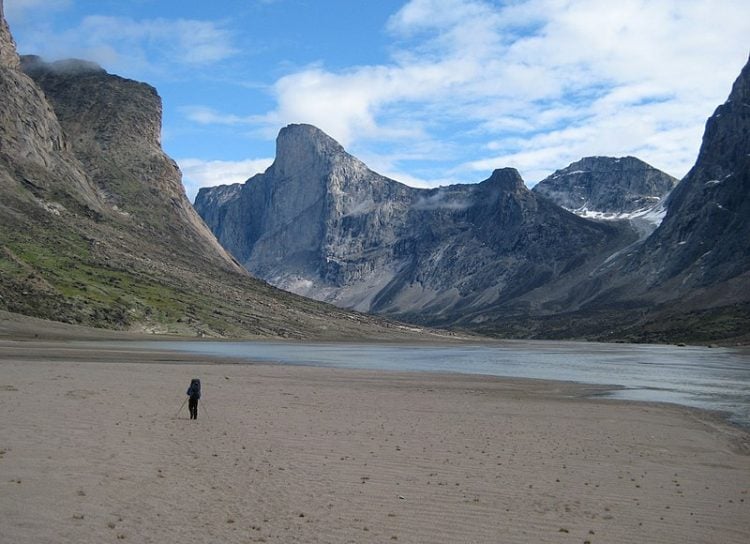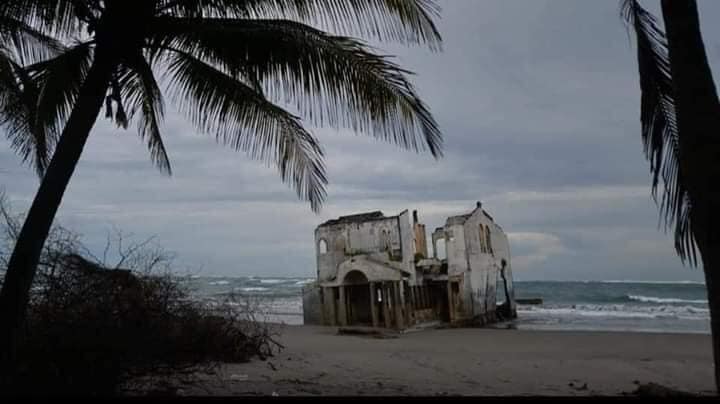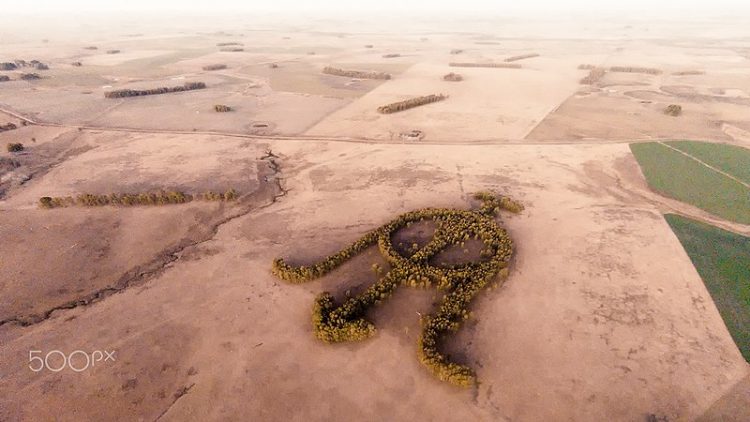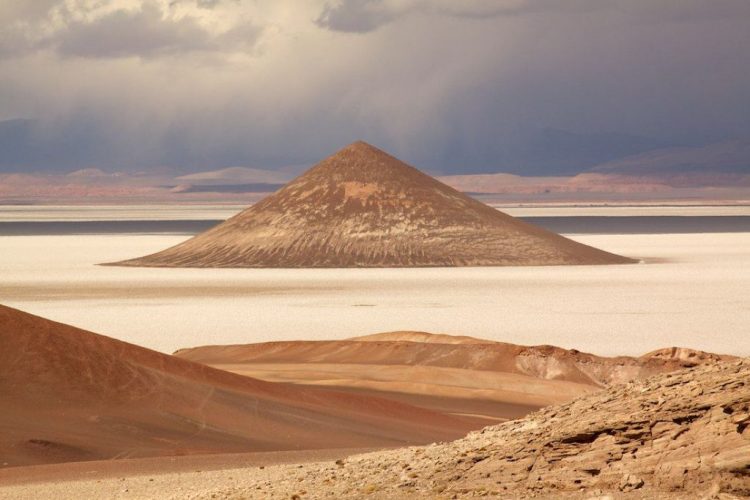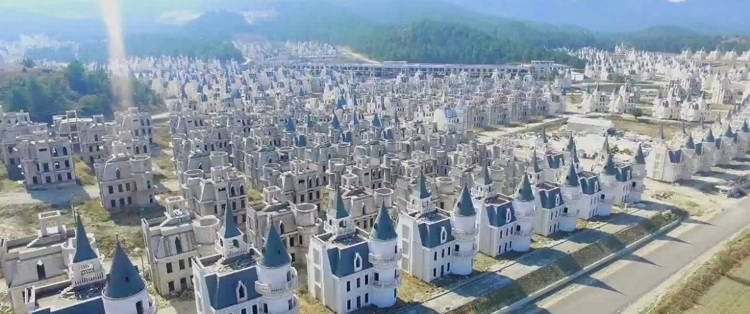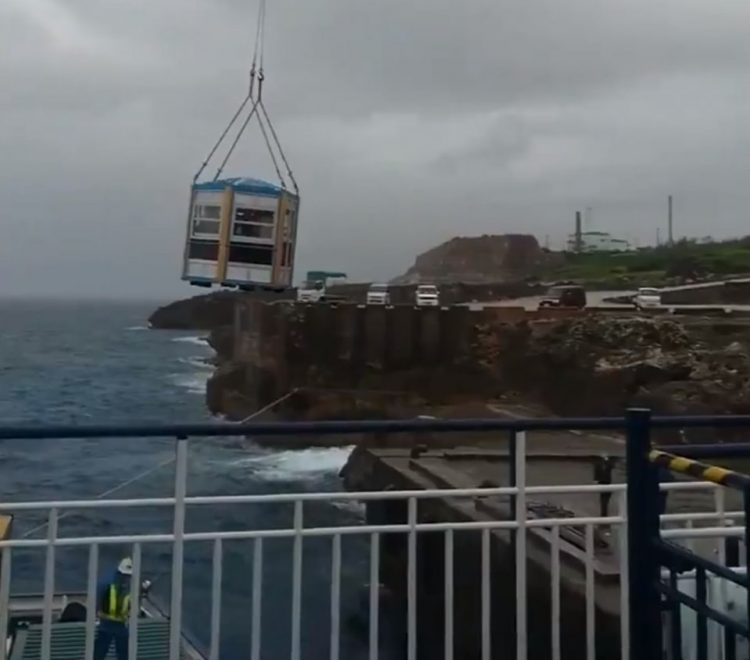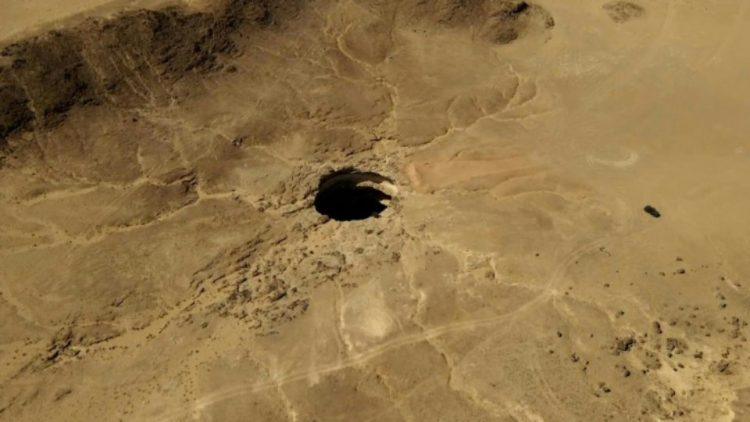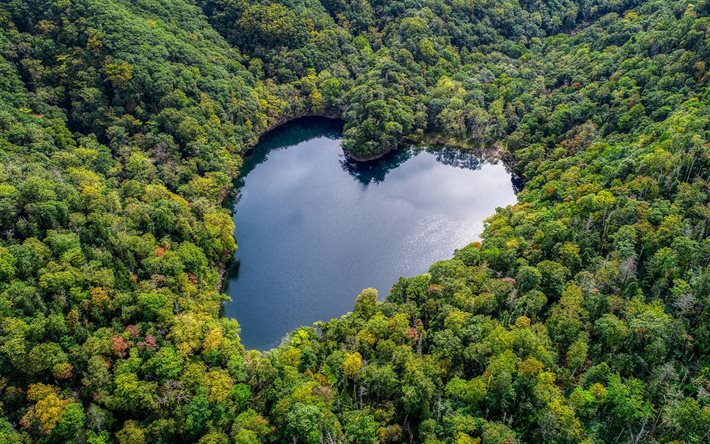Rotomairewhenua, also known as the Blue Lake of New Zealand’s Nelson Lakes National Park, is officially recognized as the clearest body of fresh water in the world.
Blue Lake is spring fed by the neighboring glacial Lake Constance, and the water passes through a natural debris damn formed a long time ago by a landslide. This debris acts as a natural filter that retains most of the particles suspended in the glacial water, making Blue Lake almost as clear as distilled water. New Zealand’s National Institute of Water and Atmospheric Research (NIWA) carried out scientific tests of the water and determined it to be the clearest natural body of fresh water known to man.

